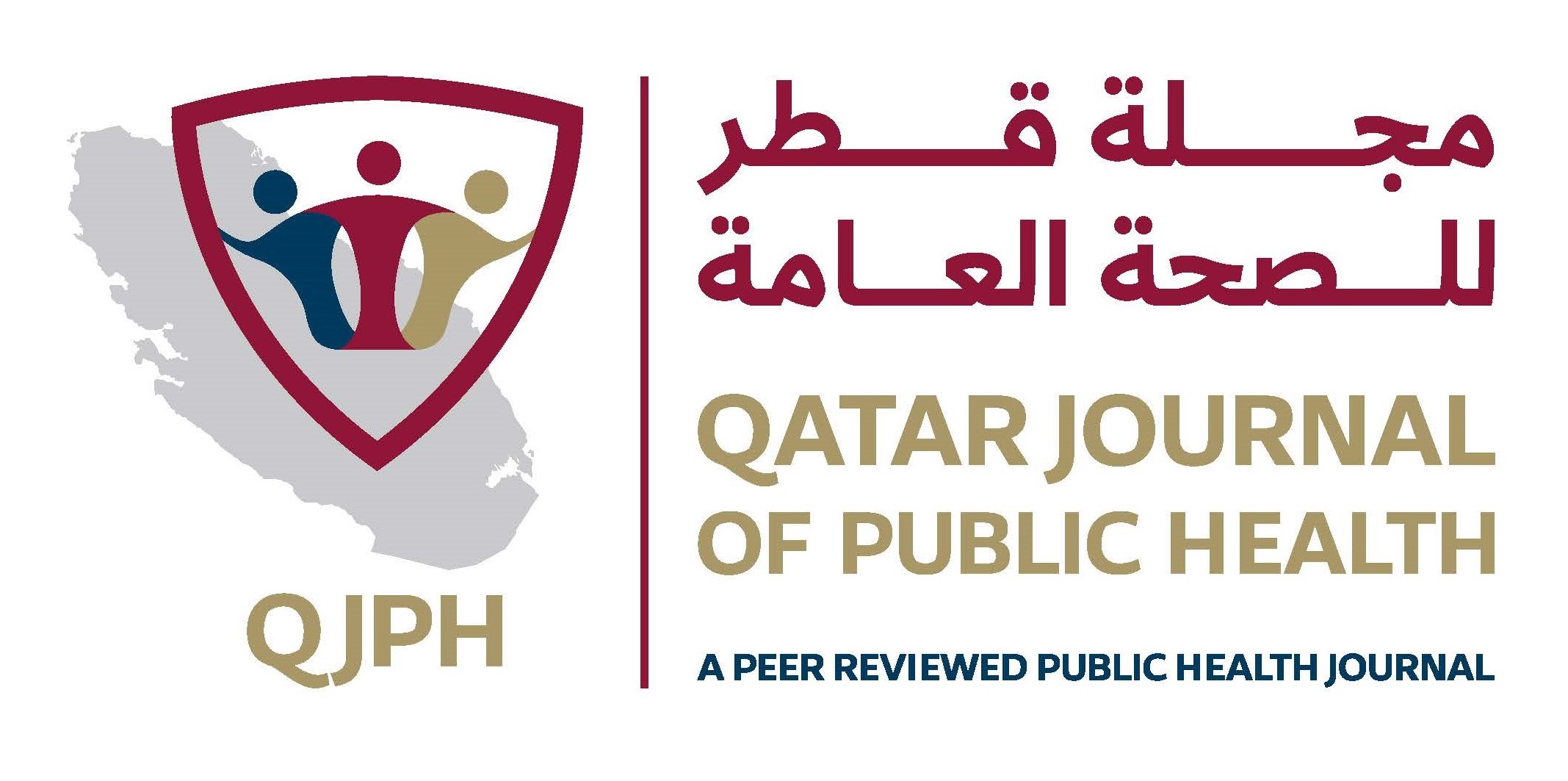-
oa Microbial, Hematological, and Pathological Screening of Lactobacillus casei in Enhancing Immunity against Shigella flexneri in Wistar Albino rats
- Source: Qatar Journal of Public Health, Volume 2025, Issue 1, May 2025, 6
-
- 17 February 2025
- 28 April 2025
- 26 May 2025
Abstract
Background:Shigella flexneri, a leading cause of bacillary dysentery, induces severe gastrointestinal inflammation, disrupting gut homeostasis. This study evaluates the potential of Lactobacillus casei as probiotics to enhance immune responses in Wistar albino rats against Shigella flexneri infection.
Methodology: Twenty healthy Wistar rats were divided into five groups: Control (group A), group B (Shigella flexneri-infected), group C (Lactobacillus casei-treated), group D (pre-treated with Lactobacillus casei before infected with Shigella flexneri), and group E (infected with Shigella flexneri and treated with ciprofloxacin). Temperature, body weight, and stool samples were collected at 0, 7, 14, and 21 days. At the end of the experiment (21 days), blood samples and organs (liver and colon) were examined microbiologically and pathologically following standard methods.
Results: The temperature at 0 days was observed to be 36°C in all the groups, by day 21, there was an increase in temperature in all the groups except the control group. There was no statistical difference in temperature among the groups (p > 0.05). The weight of the experimental animals on day 0 ranged from 180 to 200 g. It was observed that on day 7, there was a decrease in the body weight of the Wistar albino rats in group B (173 g), group D (173.3 g), and group E (159 g), but there was a weight gain of 224.3 g in group C at the end of 21 days (p > 0.05). There was statistical significance (p = 0.03) among all the groups in terms of the mean corpuscular volume (MCV) parameter, even though, group E had the lowest MCV of 58.7 ± 8.00 fL. Also, there was a significant difference in white blood cells (WBCs) and lymphocytes among all groups (p < 0.05). The mean of heterotrophic bacteria count of Wistar albino rats on day 21 showed that group A had the least mean bacteria count of 11.7 × 107 cfm/mL, and the highest occurrence was in group E (16.6 × 107 cfm/mL). The mean heterotrophic bacteria load ranged between 47 × 103 – 78.6 × 103 cfu/g and 39 × 103 – 82 × 103 cfu/g for the colon and liver respectively.
Conclusion: The findings indicate that Lactobacillus casei not only demonstrates antagonistic properties against pathogenic bacteria but also positively affects hematological parameters that reflect an enhanced immune response. I recommend that further research be conducted to explore the long-term effects of Lactobacillus casei supplementation on immune function and gut microbiota.


